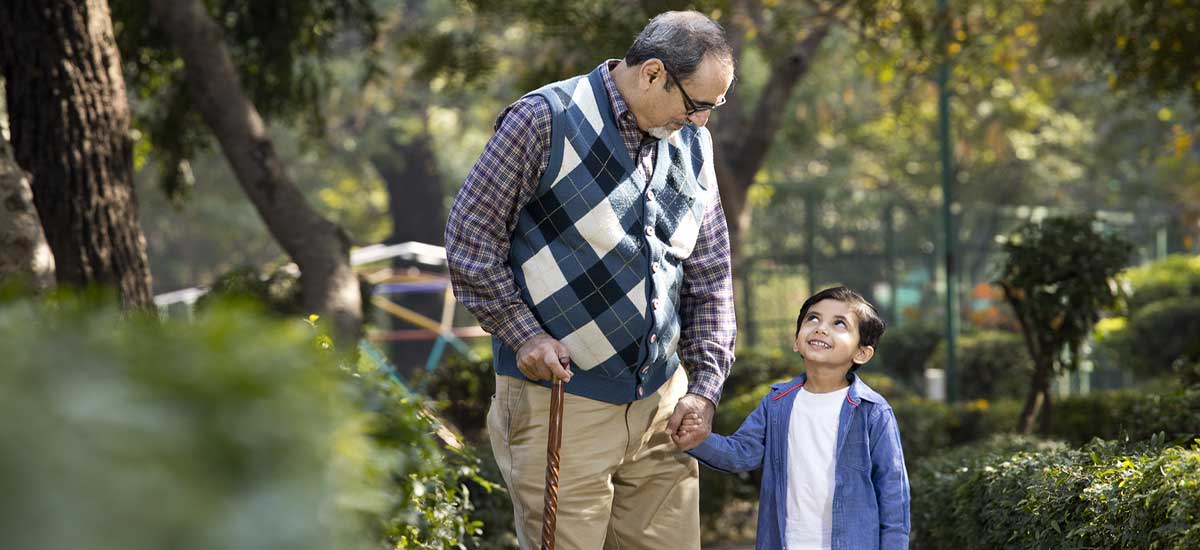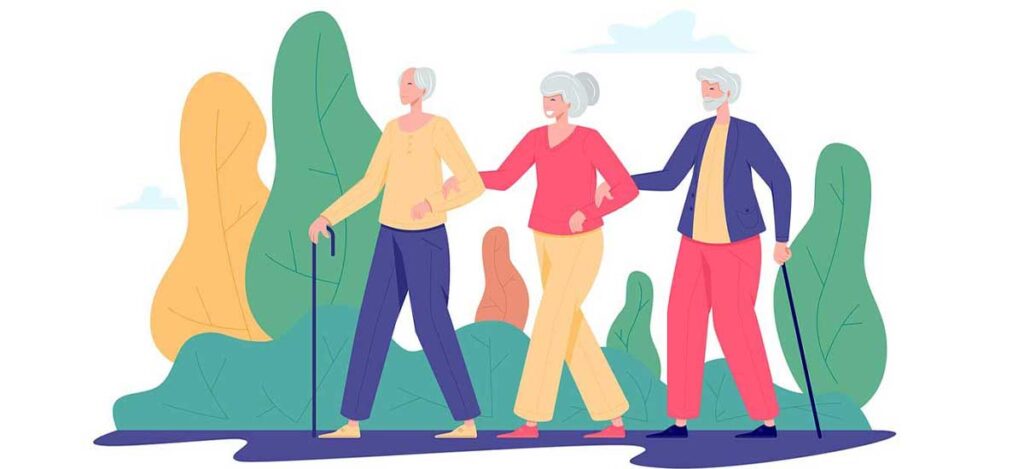Ageing and Mobility
Mobility is the most relevant physical ability affecting quality of life. Ageing is a process of deterioration with an impact of all the body & its faculties. Age can result in visual impairment, hearing loss & impaired movement. As you age, it is not uncommon to have balance problems. Reasons could be as diverse as heel pain to dizzy spells. Once you have gone to the doctor and ensured that the underlying problem is being taken care, it may be a good idea to get yourself a walking aid so as to avoid falls.
Mobility loss in older persons usually results from multiple impairments in the central nervous system, muscles, joints, and energetic and sensory physiological systems. Mobility is vital for maintaining community independence into old age.
Aging changes, pathology, individual vulnerabilities, and environmental barriers increase the risk for mobility decline. Mobility decline may happen gradually for many years, or it may occur overnight because of a catastrophic event such as a hip fracture. To optimize the opportunities for good mobility in old age, a spectrum of actions should be considered, including both preventive and rehabilitative interventions.
Keep walking
For a variety of lifestyle diseases, a common advisory is “Walk” – a prescription not very challenging to follow. Of course, it could raise a few questions: When, How far, How often, How fast etc. Nevertheless, walking is one way to keep yourself healthy. In the context of elders walking is very good, highly recommended and adds a social dimension to this simple form of exercise.

Is there anything specific elders should be cautious about before setting out to walk?
Mobility aids such as a simple walking stick is a great tool & its effectiveness grossly underrated. Walking sticks help people maintain their balance, walk with more confidence and help relieve tension on joints and bones. A properly fitted walking stick can help even the most able-bodied adult achieve maximum health and well being. Using a stick on a hike or leisurely walk helps take the stress off your hips, thighs, back and ankles. Your muscles and joints can feel weak and sore after a day’s work out. The way walking stick helps your body stay at ease is a proven fact. It redistributes the weight that helps putting lesser tension on your joints and muscles and helps them stay rejuvenated.
A walking stick helps you in other ways apart from just keeping your body relaxed while you’re out. It brings mobility and speed to your outdoor experience. The added “leg” helps propel you up steep inclines and steadies you when you are going downhill. Whether it’s going to the store or just to get around their house and of course when you’re out and about hiking and trekking, walking sticks can help you get objects that seem out of reach and give you added support on tired muscles and tendons.
The most obvious reason why walking sticks are the preferred option for people who use them is to gain greater balance and control. They can help steady you when you feel yourself slipping. They are a prop that when used properly, can maximise your walk or hike, protect.

